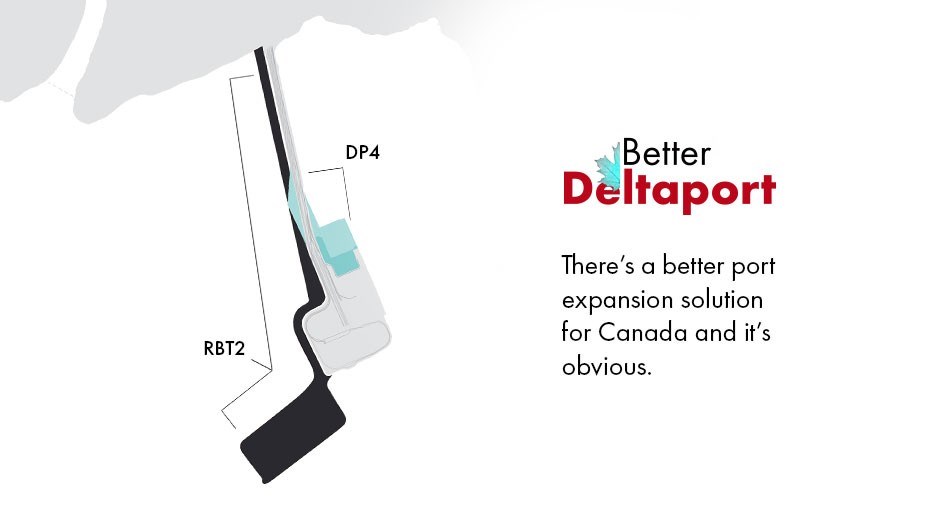Trade through the Asia Pacific Gateway creates jobs and economic growth for British Columbia (BC) and for Canada. To sustain and expand that trade, BC needs container port capacity that appropriately responds to the needs of exporters, consumers and the ocean shipping industry.
There are predictable patterns that can be used for forecasting supply and demand in global container trade, we can liken it to seeing the seasons advance; then there are sudden shifts that happen, like a squall blowing up, that bring rapid change that no one foresaw. We are weathering such changes now, of course, with the global Coronavirus pandemic. Staying competitive in global container trade means being able to adapt nimbly to other important if less radical changes as well, like changes in supply and demand, to our trading partners’ shifting priorities and even to our changing environment.
An important decision is about to be made
The Government of Canada is about to make an important decision about where, how, and by whom additional container port capacity on Canada’s west coast should be provided. There are two projects to consider, but only one can be successful.
Global Container Terminals (GCT), a proven Canadian operator, with previous successful expansions, has put forward a smart, incremental and environmentally conscious expansion proposal, the Canadian Deltaport Berth 4 Project (DP4). DP4 would provide new capacity at Roberts Bank as it is needed, without unnecessary impacts on the environment, on Indigenous fishing grounds, on the workforce, on the community and on taxpayers.
However, rather than collaborating and considering GCT’s expansion proposal, the Vancouver Fraser Port Authority (VFPA), GCT’s landlord and federal government regulator, decided to obstruct GCT and to advance its own proposal: the publicly-funded Roberts Bank Terminal 2 (RBT2) project which would see a massive new terminal island built out in the ecologically sensitive south Salish Sea.
Port Authority forges ahead with flawed project
The VFPA’s approach is expensive and not responsive to the market needs. In fact, RBT2 as proposed, would be the most expensive port expansion ever built and could pose the additional risk of making the cost of shipping through the Vancouver gateway uncompetitive. Moreover, after spending hundreds of millions of public monies to advance their project, they still can’t find anyone willing to construct or operate it.
The whole situation raises questions about why the VFPA would continue to forge ahead with this flawed project, conceived in a different era, back in the mid 2000s – before even the first iPhone came out.
Still time to make the right decision for BC and for Canada
GCT’s project has been obstructed unfairly by its regulator and landlord; but due to some changes in federal legislation in late 2019, GCT is now able to advance the project with the new Impact Assessment Agency. Building on years of engagement, GCT is continuing to seek feedback from local First Nations governments, local communities, supply chain stakeholders, and other levels of government, as it prepares to submit the Initial Project Description (IPD) and begin the regulatory process.
While GCT is starting from behind – the former Canadian Environmental Assessment Agency will soon render its recommendations on RBT2 to the Minister of the Environment and Climate Change – there is still time to get this decision right. Based on current forecasts, additional capacity in BC won't be needed until the 2030s, at the earliest. When the need does arise, it is essential that the right and competitively-priced capacity is available for Canada.
Ensuring that a better alternative receives fair consideration can only be good for British Columbia and for Canada.




